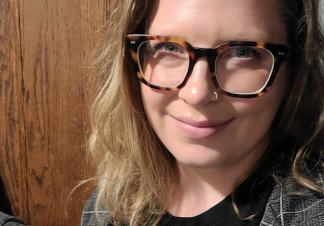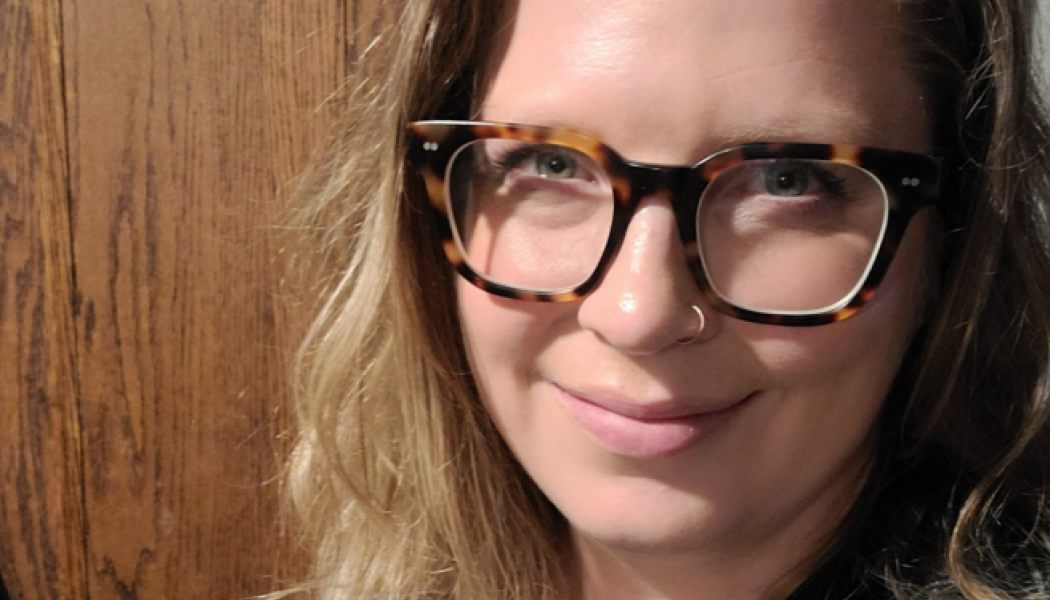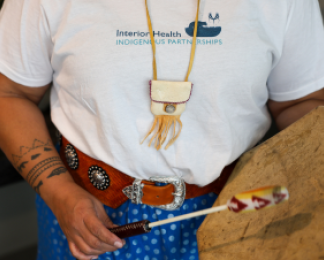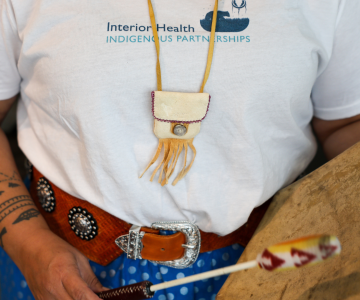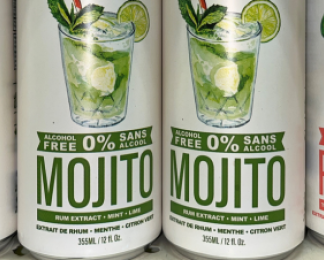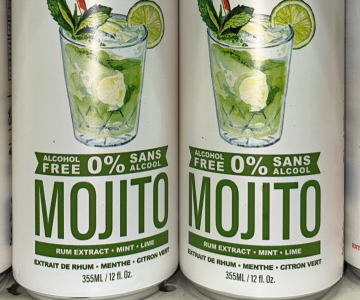Based in the Okanagan, Dr. Megan Hill is a family physician (FP) with a subspecialty in addictions medicine. Dr. Hill first encountered harm reduction in med school. “I wrote a paper on Insite (Vancouver’s supervised consumption site) and was immediately drawn to the evidence and logic behind this approach,” she says. “It’s a profoundly logical approach to helping people get better by engaging them and giving them medications that help them feel better as opposed to being punitive. Harm reduction doesn’t shy away from investigation and scientific inquiry; it prioritizes scientific evidence and goes well with medical treatment and other forms of evidence-based treatment from the world of science.”
Dr. Hill is the co-lead for injection Opioid Agonist Treatment (i-OAT) and she is the physician lead for Kelowna and Vernon opioid agonist treatment (OAT) clinics. She reports that having multiple options and making an individualized care plan is pivotal. The more options a client has, the more likely it may fit the client’s biochemistry and personal ideology. She says that harm reduction is about maximizing options, developing collaborative patient goals, individualizing care plans and providing a low-barrier, trauma-informed service. Dr. Hill says that harm reduction comes naturally for FPs and, philosophically, it’s deeply entwined with family medicine. FPs work with their patients to optimize their health by taking into account many variables, such as their lifestyles, income and where they live. They try to help their patients balance factors to get as positive of health outcomes as possible.
Harm reduction is a term used to describe programs, policies and practices that aim to reduce negative consequences of behaviours typically considered “high risk” such as substance use and some sexual activities. The Harm Reduction – People Who Use Substances Policy was recently implemented for all Interior Health services and contracted services. IH resources about the policy and additional resources can be found in the Harm Reduction Toolkit on Interior Health’s intranet, InsideNet (login required).
Learn more about harm reduction and substance use
- Enrol in the CPD-accredited Addiction Care and Treatment Online Course
- Attend the Canadian Society of Addiction Medicine Conference
- Register with the National Safer Supply Community of Practice
- Enquire via email about IH harm reduction/addiction medicine groups.
Other stories in this series
- A nurse practitioner’s experience with harm reduction
- Addiction medicine: working smarter, not harder
If you are a physician or nurse practitioner who would like to be featured in our harm reduction series, contact us via email.

